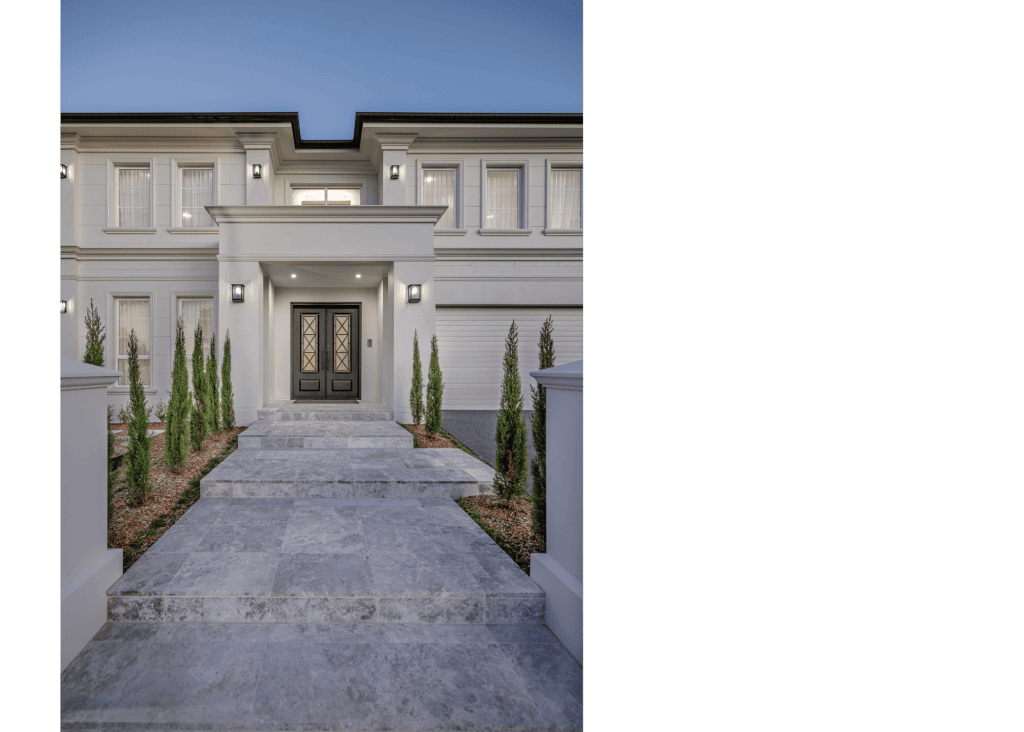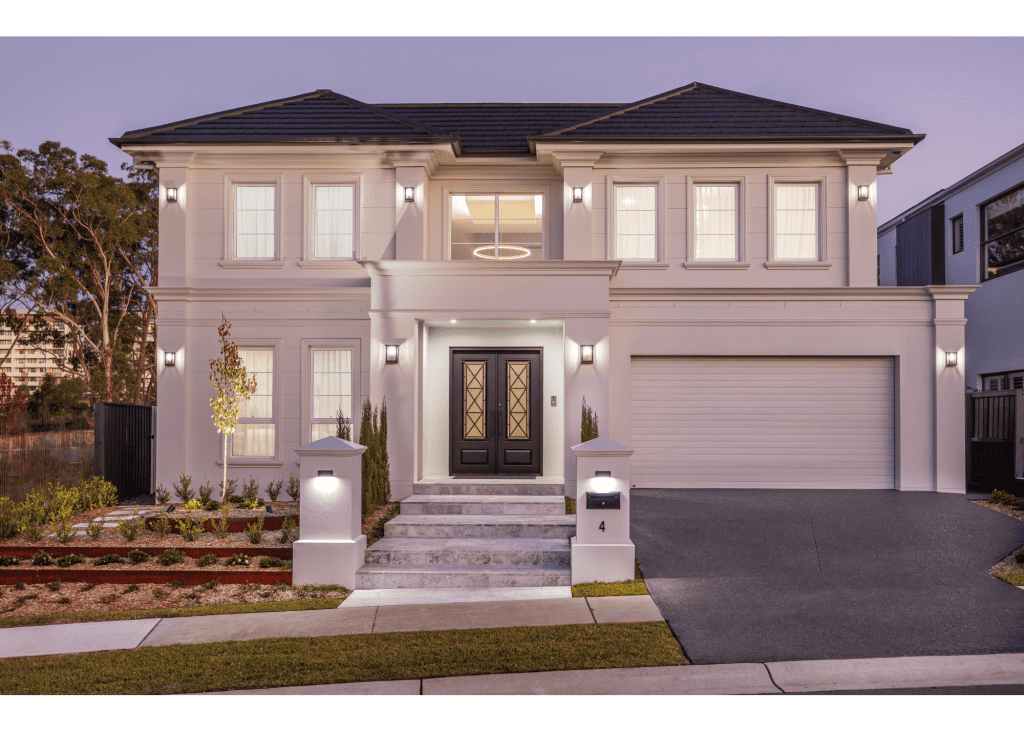Your home’s exterior design is like the face of your property, setting the tone for the overall aesthetic and defining the impression it will have on visitors and passersby. Choosing the right exterior design is crucial to create curb appeal and a harmonious look that reflects your style while complementing the surroundings.
| In this quick guide, we’ll discuss some of the key things you need to factor in if you are to enhance your home’s curb appeal, providing practical tips to help you make the right decisions. Keep reading and get a glimpse of what you want your home to look like! |
Considering Your Style and Preferences
When choosing an exterior design, your first step will be to consider your style and preferences. Your home should reflect your personality, so start by evaluating your preferences in architectural elements, colours, and materials.
Do you prefer modern minimalism, or are you drawn to traditional and classic designs? Are you inclined towards bold, vibrant colours, or do you lean towards a more subdued and neutral palette? These important decisions will guide you in selecting the appropriate design elements for your home.
Think about the long-term and choose a timeless style that will remain appealing and relevant for some time. Opting for a more classic or versatile design can ensure that your home’s exterior remains attractive and doesn’t become outdated quickly.

| Explore sources such as magazines, websites, and architectural blogs for inspiration. Make a vision board or a collage of images that resonate with your desired style. This may help refine your preferences and provide a clear direction. |
Assessing Your Home’s Architectural Style
The architectural style is a crucial factor in determining your home’s exterior design and the tweaks you’ll make. It’s the foundation and framework for your design decisions, so take a close look at your home’s existing architectural features. Ideally, the exterior design should complement these existing elements, creating a cohesive and harmonious look.
If you have a Victorian-style home with intricate details and ornate features, you may want to incorporate decorative trim, embellishments, and a colour palette that reflects the era. On the other hand, if your home has a contemporary design with clean lines and minimalist ornamentation, a more streamlined and modern exterior design would be suitable.
| You can ultimately mix and match styles and features, but it takes a keen eye to do so, and it may be a good idea to consult a professional first. |
Fitting Your Interior
While the exterior design sets the tone for your home’s overall aesthetic, your exterior and interior should connect seamlessly and create a cohesive experience for residents and visitors.
If your interior features warm and earthy tones, incorporating natural materials like timber or stone into your exterior design can create a unified and harmonious look. Otherwise, if you have a more contemporary interior design with clean lines, a minimalist and sleek exterior design would be a good fit.
| Consider the interior design style, colour scheme, and materials used within your home. It may be a good idea to go through our ultimate guide to interior design if you’re looking to revamp both, as a connection between the two may play a significant role in creating a unified and balanced aesthetic that extends throughout your home. |

Fitting the Neighborhood
While your home should stand out and showcase your unique style, it must also fit in with the character of the neighbourhood. Pay attention to the architectural styles and exterior designs as you take a walk around the neighbourhood to get valuable insight into the prevalent design choices in the area. For example, if you live in Sydney or its nearby suburbs, you can pick a more minimalist interior while still looking modern in the outside.
Take note of the colours, materials, and design elements commonly used in the area, and use them as a starting point for your design ideas. Don’t be afraid to add a personal touch, though, and incorporate unique elements that set your home apart.
| Striking the right balance between individuality and fitting in with the neighbourhood will enhance your home’s curb appeal. Contribute to the community’s overall aesthetic value by harmonising with the general context while still showcasing your and your home’s unique personality. |
Climate and Weather Considerations
Australia is known for its diverse climate, ranging from hot and dry to tropical and coastal. When choosing an exterior design, it’s crucial to consider your region’s climate and weather conditions, as these can significantly impact its performance and longevity.
For example, you want to choose materials and colours that can withstand high temperatures and intense sunlight in hot regions. Light-coloured roofs and walls can help reflect heat, keeping the interior cooler and reducing energy consumption. On the other hand, darker colours can absorb heat, making them suitable for colder areas.
Considering these factors will help boost functionality while keeping a harmonious exterior that reflects your style and enhances your home’s overall appeal. Check out sustainable living models in your area and lean towards bioclimatic architecture with both your interior and exterior designs whenever possible.
| Go for the durability of materials if you often have extreme weather conditions. Ensure your materials can withstand strong winds, heavy rains, and intense sunlight. Consult with professionals or local experts who can guide you on the best materials and design choices for your specific climate. |
Final Thoughts
Choosing the best exterior design for yourself requires careful consideration of various factors, including your and your neighbours’ preferences, architectural styles, your interior design, and more. You want a visually appealing and harmonious exterior that will make your home pop, but remember, it should also reflect your personality.
Striking the right balance of individuality and fitting in will enhance your home’s curb appeal and contribute to your community’s overall aesthetic value. Keeping these key considerations in mind and minding the details, you’ll easily create an exterior design that enhances your home’s beauty and withstands the test of time well.




